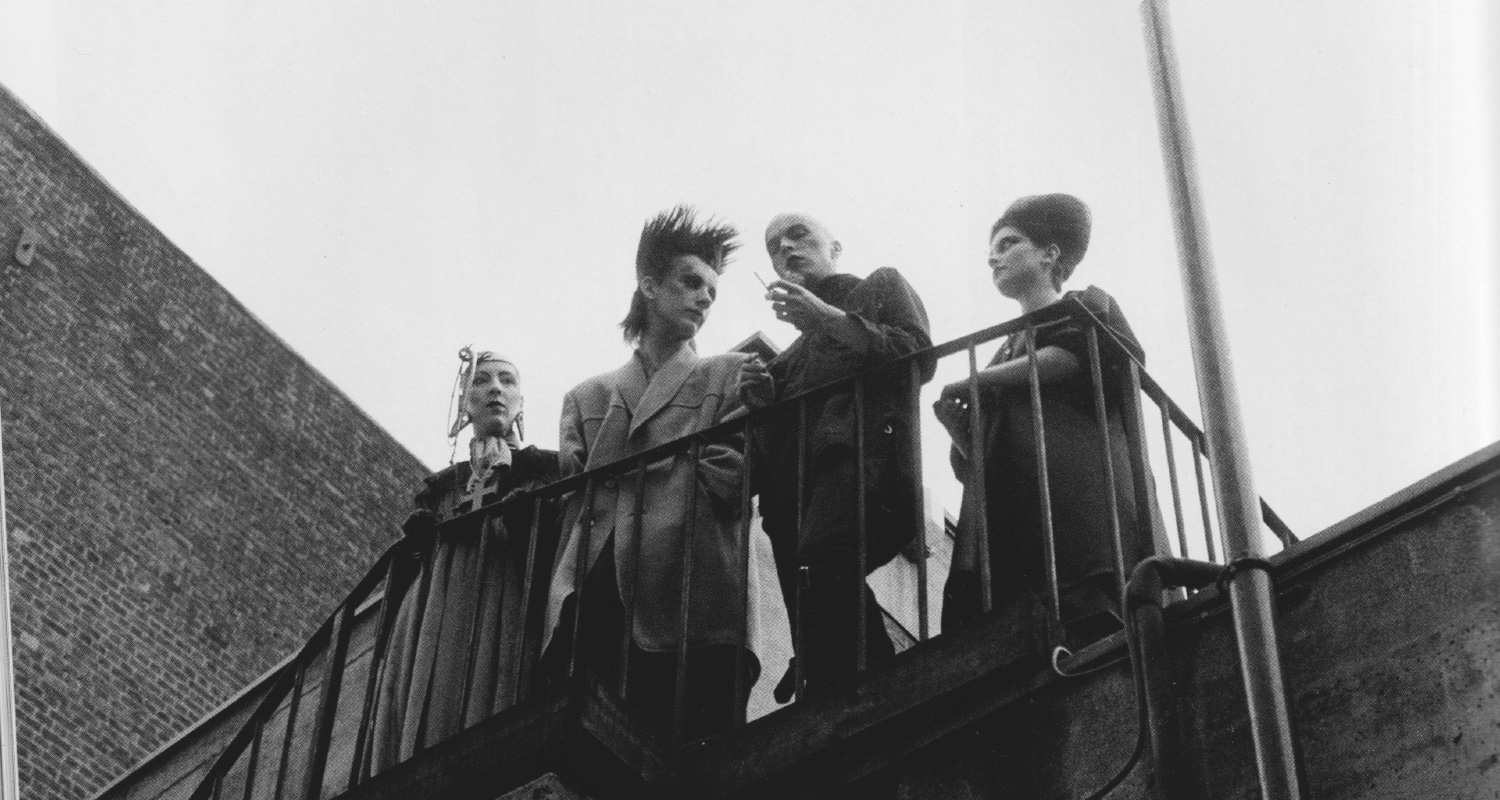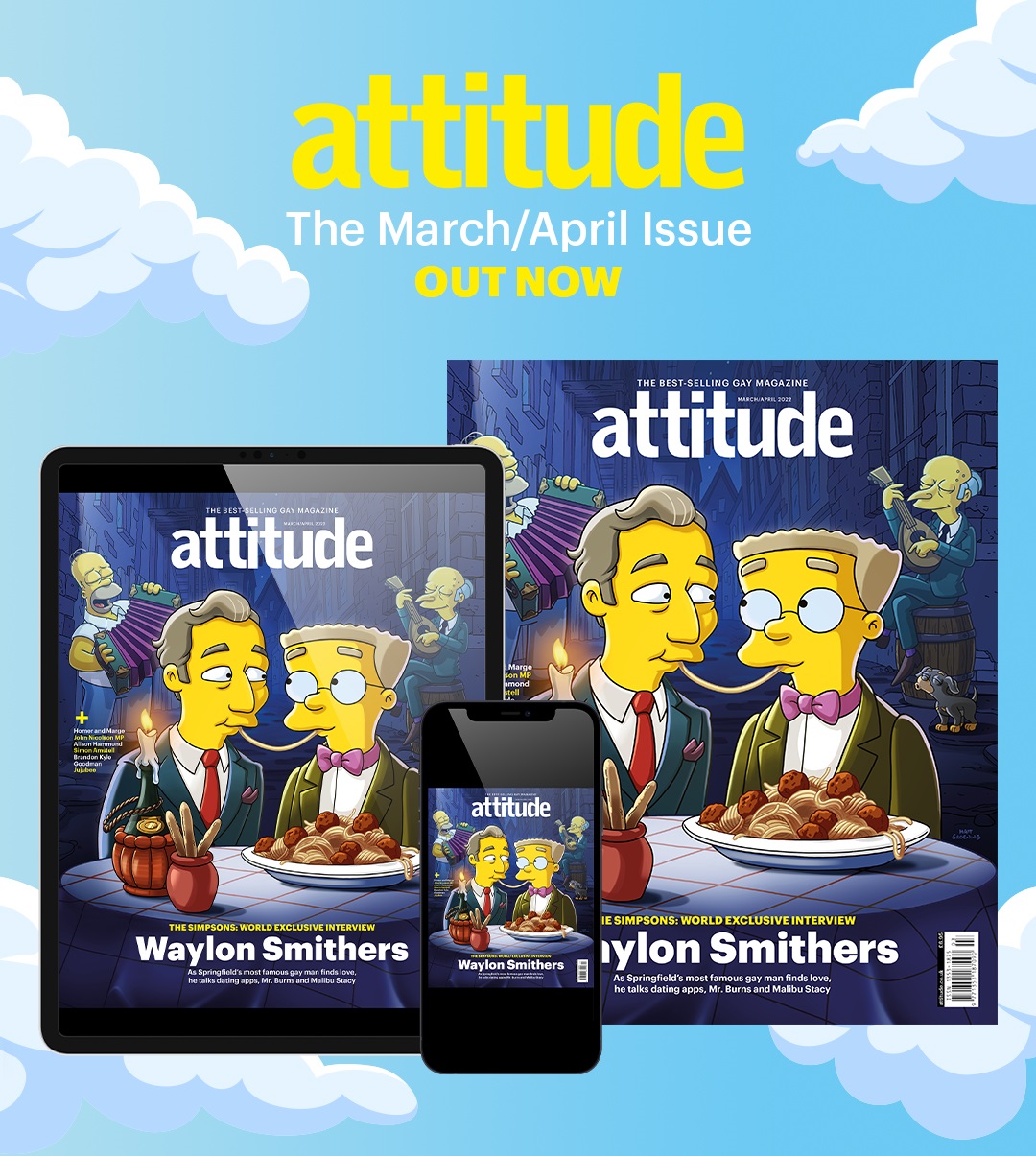Tramps! review: ‘The Blitz kids come out to play in life-affirming documentary’
Screening as part of this year's BFI FLARE: London LGBTIQ+ Film Festival

Words: Jamie Tabberer; picture: Provided
Whatever you do, don’t say ‘The New Romantics’. It is, to this day, a fashion-focused label apparently rejected by the intimidatingly hip Blitz kids of 70s/80s London. (Lord knows what they make of the Taylor Swift song of the same name.)
More apt might be “peacock punk,” a term coined by tabloid reporters who loved to hate the clubbers’ subversive attitude and genderfluid style at the time.
Such are the curious insights provided by new documentary Tramps! into a blockbuster countercultural movement that originated at the Tuesday club night Blitz in Covent Garden over 40 years ago, and birthed Culture Club, Spandau Ballet, Duran, Duran and more.
“It repositions the movement as an art movement rather than a pop culture movement,” director Kevin Hegge told Attitude last Saturday, at the film’s closing gala screening at BFI Flare: the London LGBTQIA+ film festival.
“It looks at the genealogy of all these artists from before punk,” Hegge added. “How those ideologies distilled down into this central [scene] in the 80s where people were living in squats and going to fashion school and art school for free. It resulted in this flourish of activity.”
Hegge seems to resurrect the very soul of an impossible-to-define zeitgeist he wasn’t present for the first time around, thanks largely to an array of wonderful interviewees: all architects of the ‘moment’, and fab into their 60s and beyond. We still want to be Scarlett Cannon’s friend.
If only all talking heads vibed with such cheeky, offbeat energy. Not least Philip Sallon, whose Wikipedia page lists him as a ‘club promoter, event organiser, socialite, style innovator, impresario, and clothing designer’. He’s so preternaturally honest, acerbic and extra at all times that he could hold your attention simply by describing the weather.
The stunning DJ, model and artist Princess Julia is the most compelling presence. I’d watch all 10+ hours of the film’s surplus footage if it were nothing but her talking in her distinctive Hackney drawl. She’s unhurried, articulate, and so innately cool. Another fantastic speaker is stylist and designer Judy Blame: he’s an absolute sage, in fact, whose commitment to living life on his own terms pushes the film’s message to new heights in its final moments.
Elsewhere, filmmaker John Maybury – who looks exactly the same as back then – has an irresistible twinkle in his eye as he talks with staggering honesty about his rollercoaster youth, including his sex and relationship history. It feels especially valuable and special to hear of his experiences with the late LGBTQ activist and director Derek Jarman, and other storied members of our community that we lost to HIV and Aids. The epidemic, along with tales of poverty and drug addiction, cast an inevitable shadow on the fun and revelry that’s the essence of the documentary, captured like a butterfly in a jar.
Although the baffling absence of Boy George from the film stands out like a sore thumb, anecdotally, he is widely acknowledged by peers as a lynchpin of the scene. Besides, producers have foraged far and wide for fascinating footage from the era, and thus, The Boy’s cultural impact, plus that of David Bowie et al, works its way into the film’s DNA, as reflected in a finely judged score.
The film is somewhat light on political contextualisation, though, which is both a blessing and a curse. One expects more Margaret Thatcher, but then, would you want to see US President Jimmy Carter in a documentary about the glamourous Studio 54?
Nevertheless, this is enjoyable, educational viewing. Fuck Florida’s ‘Don’t Say Gay’ bill: we want to open an LGBTQ school and build a module around the fearless queers in this film, and invite them to speak.
Rating: 4.5/5
Attitude’s new-look March/April issue is out now.

